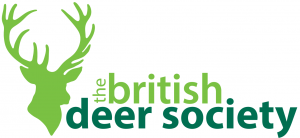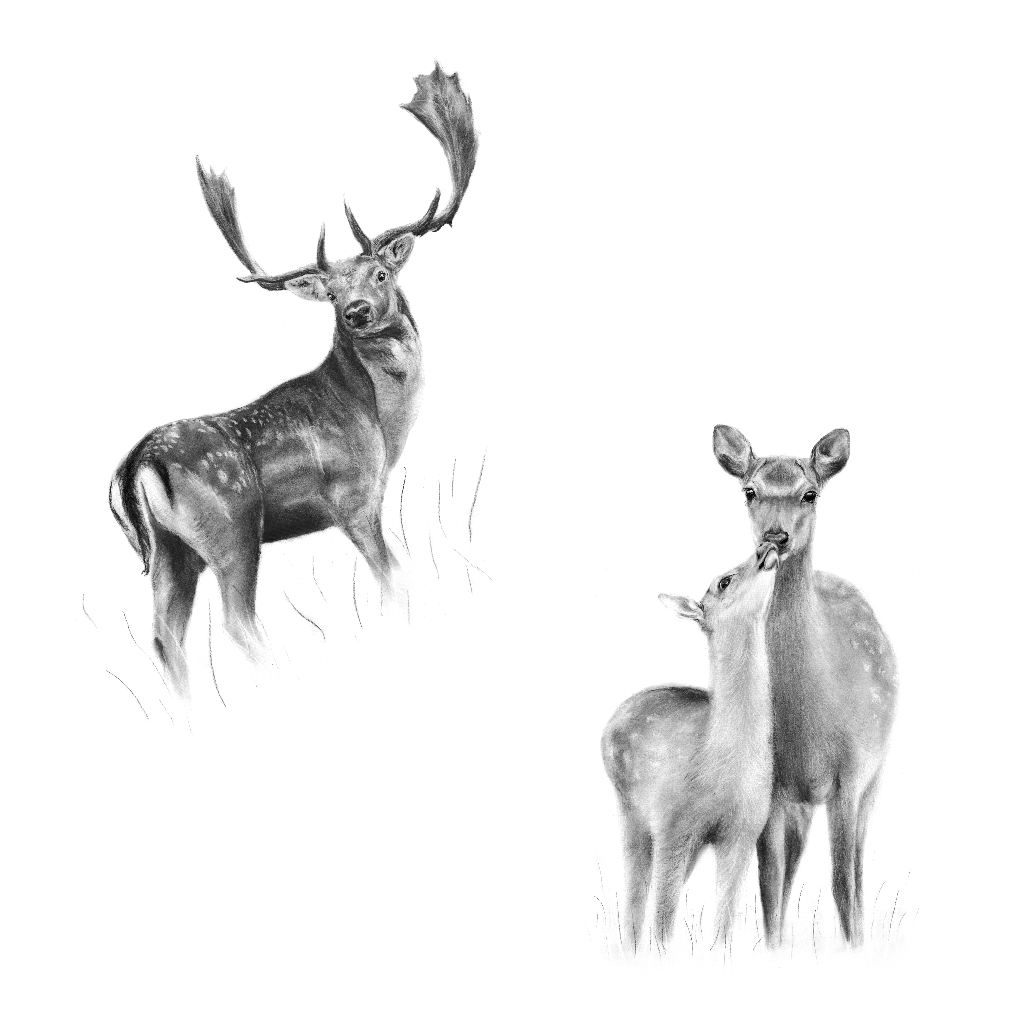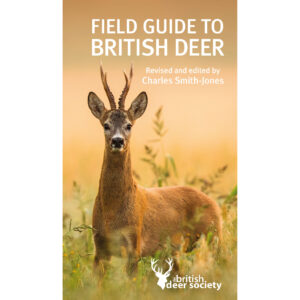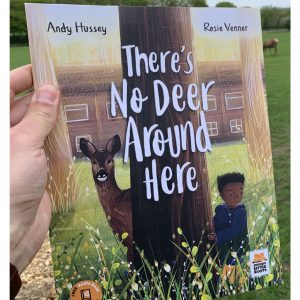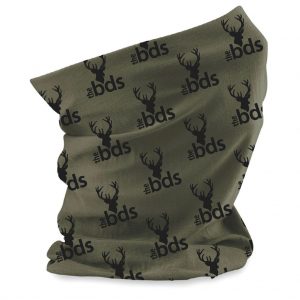DEER ON THE ROADS
Road traffic accidents involving deer present a major problem in the UK as well as in many other countries in Europe.
Although exact figures are unknown it is estimated that annually the number of deer killed or injured on UK roads is likely to exceed 40,000 and may well be nearer 74,000.
They present one of the main causes of mortality among wild deer populations in the UK. Also, a high proportion of deer which are hit by cars are not killed outright: many must be put down at the roadside, while others escape to die later of their injuries.
In addition, DVCs cause substantial damage to cars and numerous human injuries as well as several human fatalities each year.
Peaks in deer vehicle collisions occur from October through to December and also in May, but it is important to remember you could hit a deer at any time of year.
The good news is there have been improvements in this area with better incident reporting across the UK. Trials continue both in the UK and Europe of new ways to prevent collisions and protect both deer and motorists.
ADVICE FOR DRIVERS
Reduce Your Risk – Drive Deer Aware
Beware during peak danger periods
Highest-risk times are from sunset to midnight, and the hours shortly before and after sunrise.
Drive with caution
During peak danger periods or on roads where hitting a deer is a possibility, drive with caution and be on the lookout for deer near the road.
Seen one? Look for another
Be aware that more deer may well cross after the one you have noticed.
Use your lights
After dark, do use full-beam when there is no opposing traffic. BUT, when a deer or other animal is noted on the road, dim your headlights as animals startled by the beam may ‘freeze’ rather than leaving the road.
Don’t Veer for Deer
Don’t over-swerve to avoid hitting a deer
If a collision with the animal seems inevitable, then hit it while maintaining full control of your car is the safest option.
The alternative of swerving into oncoming traffic or off of the road surface could be a lot worse. Motorcyclists are at particular risk when in direct collisions with animals.
Look out for traffic behind you
Only brake sharply and stop if there is no danger of being hit by following traffic, and use your hazard lights.
Stay Safe and report the incident
If you see an injured deer on the roadside?
- Pull over at a safe place
- Call the Police.
Giving as precise a location as you can.
What3Words
They will deal with the situation and have access to specialists. - Do not try to assist or move the deer as this can put you in danger.
If you hit a deer while driving, your priorities, in this order, are:
- Keep yourself and anyone with you as safe as you can
- Park your car in the safest place with hazard lights on.
- Call an ambulance if human injuries warrant it
- Call the Police
If the deer is alive and still visible at roadside:
- It is best not to approach it. Doing so may cause it to run across traffic causing another accident.
- Do not move or handle live deer, this needs a trained specialist.
- Call the Police.
Giving as precise a location as you can.
What3Words
They will deal with the situation and have access to specialists.
HELP US TRACK COLLISIONS
Most deer-vehicle collisions go unreported and this means we do not have a complete picture. More data will help us understand not only the scale of the problem but the factors involved and also highlights hotspots where improvements could be made.
There are a number of ways you can report a DVC to the British Deer Society and these include:
- Via email, you can email us at info@bds.org.uk and include the following information:
Location, Date/Time, Species and number of deer plus any other comments. - Via the Deer Aware website form. https://www.deeraware.com/report-incident/



